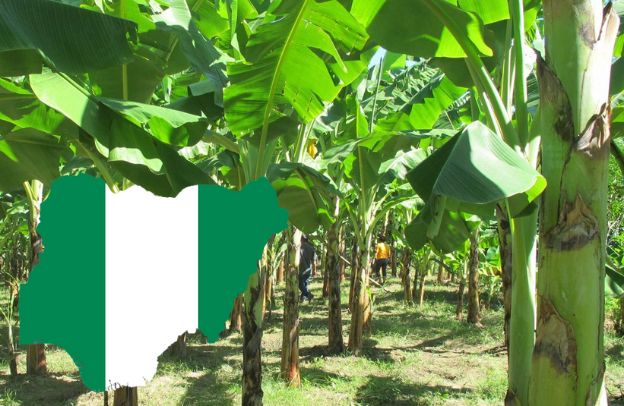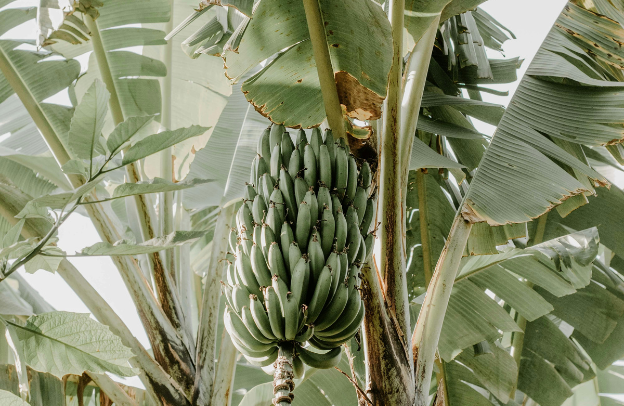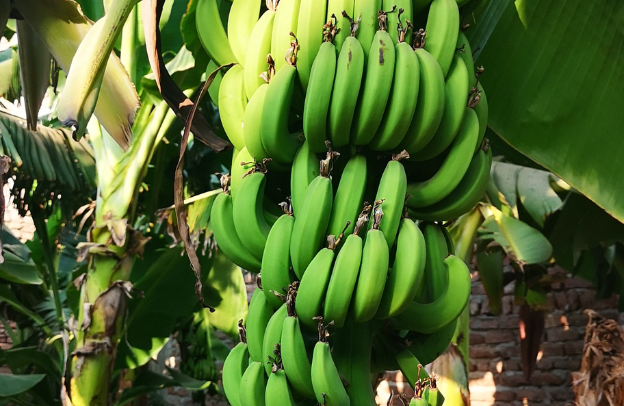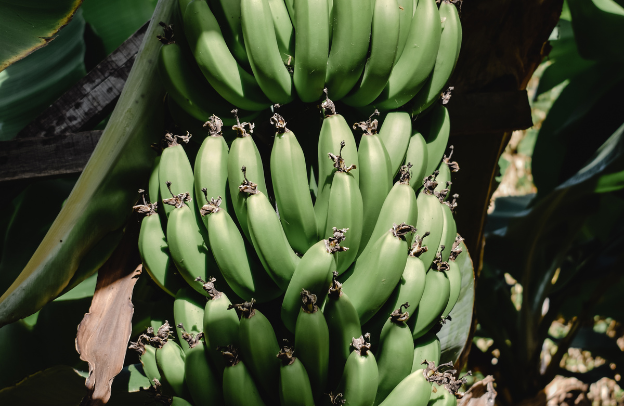What is plantain? – What you need to know
Many species of plantain are used in cooking, and they have evolved to be used as a source of starch. You can find plantains around the world, particularly within tropical climates. Plantain is generally starchy and can be eaten ripe or unripe. Unlike bananas, plantains are generally eaten cooked.
The fruit of the plantain plant has a substance called bromelain which is used to treat inflammation, ulcers, and pain. Bromelain has been in use to do so since the early 20th century.
What is the origin of Plantains
It is believed that plantains originated in Southeast Asia, but there are two groups of plantains that make up the different types: the horn plantain and the French.
Plantains are a type of banana that doesn’t have the same popularity or use as its green relative. They tend to be larger and tougher but also have thicker skin and may range from green, yellow, or very dark brown in color.
Plantain is starchy when it isn’t eaten fresh and isn’t sweet when raw, yet it can get sweeter when ripe.
Where are Plantains mostly cultivated in he world?
Plantains are mostly cultivated in South America and the Caribbean, Asia, and Africa. Plantains are usually cultivated in great quantities in tropical countries such as Mexico, the Philippines, Nigeria, China, Cameroon, Thailand and India, and more.
Plantains are a staple food and plant in many parts of the world. They are typically found in tropical regions, but they can also exist in temperate regions and very few places outside of them.
The plants can mature for an entire lifetime, and in the meantime, provide a steady source of income and food to feed your family. Those who are interested in starting their own orchards should start with a few plants and see how they grow.
Plantains are often planted alongside other crops like cassava, coffee, and related fruits in other parts of the world. It provides shade to these crops and can provide surprisingly good results too.
What are Plantains used for
Plantains are a food rich in carbs and known to have lots of nutrients and antioxidants. They also contain vitamin C, which can boost immunity. They are also a source of B6, which is great for the body’s immune function.
Plantains are great for baking, making banana bread, and even as a meat substitute. They generally begin to mature 18 months after planting and when properly taken care of, the plant can produce for as long as six to twenty years.
Eating ripe plantains can be a bit like having bananas without the flavors. They can be eaten raw, but are always delicious when you fry them. The caramelizing edges really make the plants shine and crispy for the perfect breakfast addition!
Plantains are high in a specific type of fiber that may help you keep your digestive system healthy by preventing constipation or other gastrointestinal issues. If you are experiencing constipation, explore new ways to boost your fiber intake. Plantains are a good source of this so you may want to try it!
How plantains are prepared
Cut each end off the plantain and peel back the skin. Cut into ½cm slices on a diagonal to give you a larger surface area. Heat the oil in a frying pan until hot. Fry the plantains on each side for about 2 minutes until it starts to caramelize, ensuring that not too much time is wasted waiting for your food to cook.
Plantains are often cooked, roasted, boiled, or steamed either when green or very ripe. They can be processed into flour, snacks, animal feed, and more. They are also added to other food products that are already processed like bread and dressings.
Plantains are often referred to as the “bread of the tropics.” They are cooked, roasted, boiled, and steamed in various ways, depending on how they are used.
Conclusion on what you need to know about plantain
Plantain is a fruit that can be eaten raw or cooked. It is a staple food in many countries, including the Caribbean and South America. Plantain might also be called by other names such as banana, cooking banana, cooking banana tree, and banana.






